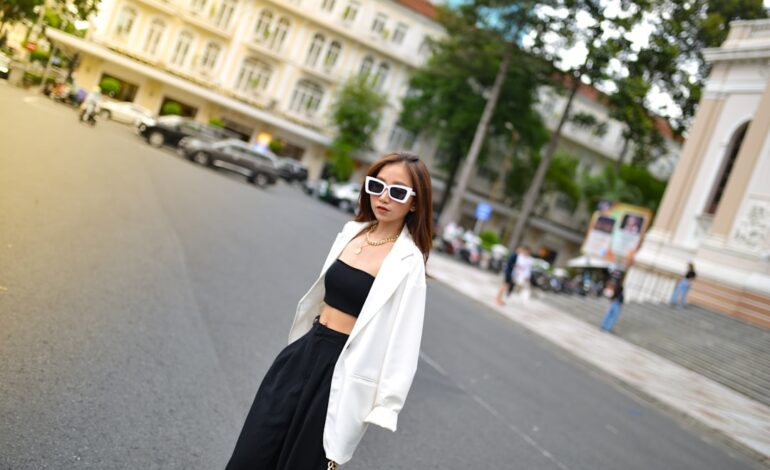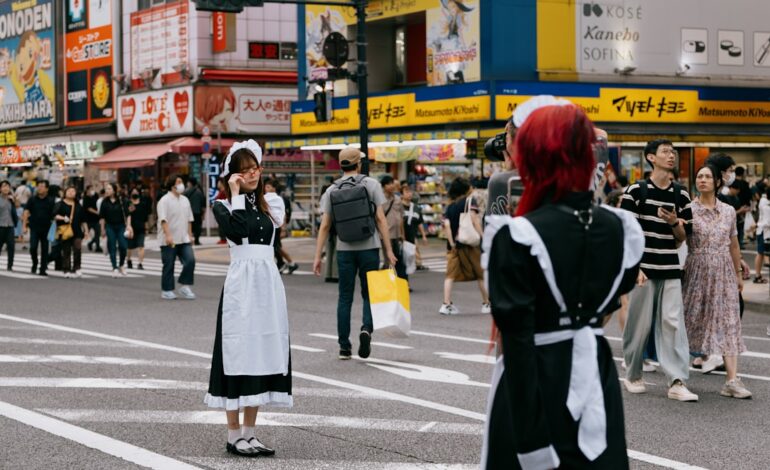More than a trend: Why sustainable materials are redesigning the future of fashion
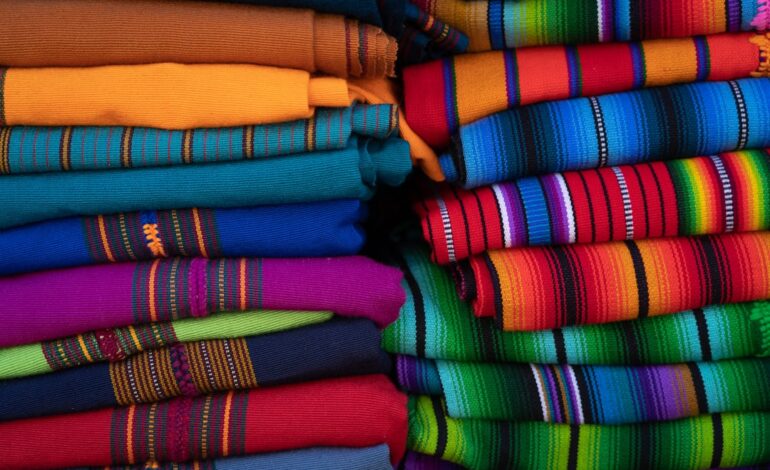
Why ‘green’ is the new black: The rise of sustainable design
Picture this: you’re standing in front of your closet, deciding what to wear. You pull out a favorite white tee, a pair of perfectly worn-in jeans, and a killer jacket. It’s a familiar routine. But what if we paused for a moment and asked a different question? Not just “what does this look like?” but “what is this made of, and where did it come from?” Increasingly, the answers to those questions are defining what’s truly stylish.
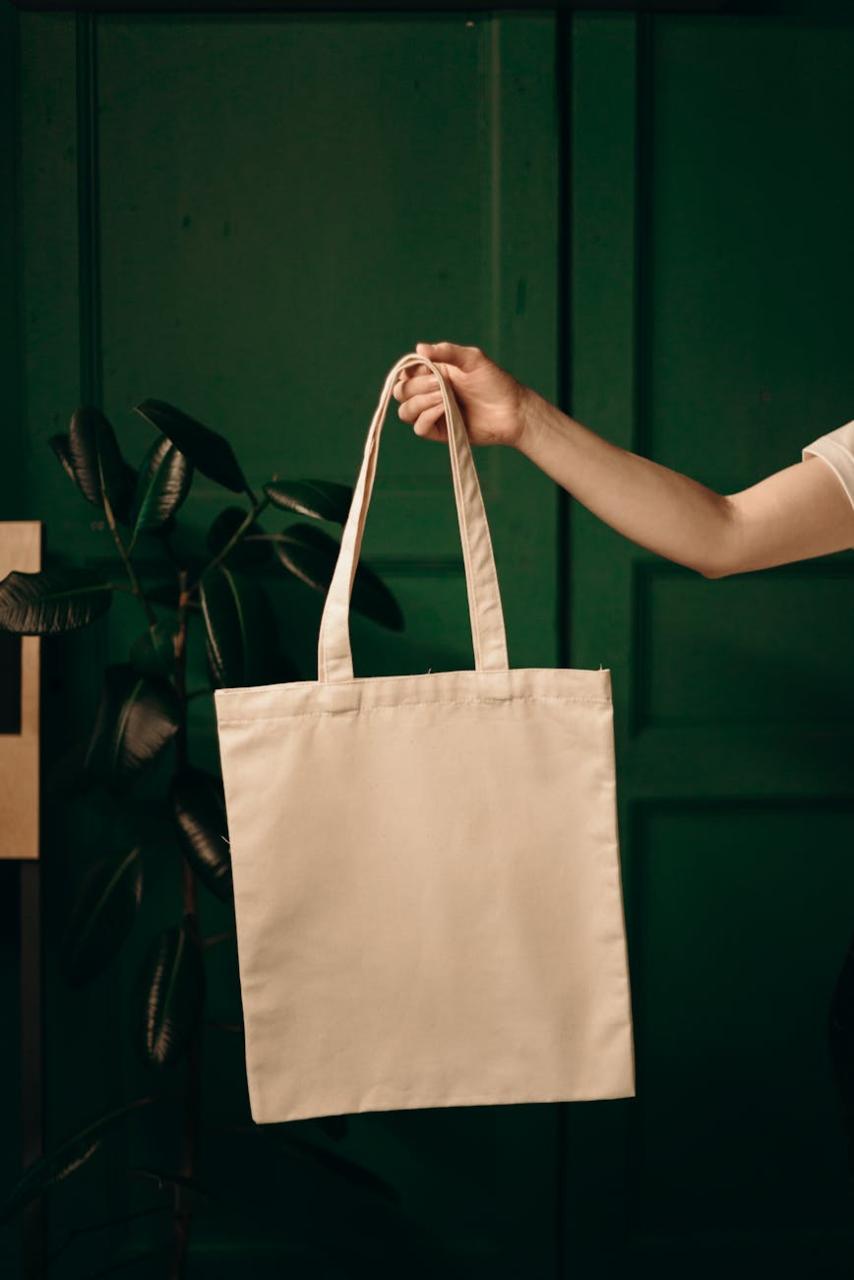
For decades, fashion has been about the what and the who. What’s the latest silhouette? Who is the designer of the moment? Today, a new, more profound question is taking center stage: how? How was this garment made? How does it impact our planet? Welcome to the era of sustainable design, a movement that’s transforming the industry from the inside out. This isn’t just a fleeting trend you’ll see for one season and forget; it’s a fundamental shift in our relationship with what we wear. The focus on sustainable materials in modern design is proving that style and substance are the perfect match, creating a new definition of luxury that is conscious, innovative, and incredibly chic.
So, what exactly are sustainable materials?
The term “sustainable” can feel a bit vague, like a buzzword thrown around without much meaning. In fashion, however, it’s becoming more and more specific. It’s not just about using organic cotton anymore (though we still love it!). It’s about a holistic approach that considers a material’s entire lifecycle, from the seed it grows from to the day it’s eventually recycled into something new. Think of it as fashion with a conscience. Let’s break down the key players shaping the future of our wardrobes.
Beyond organic cotton: A new generation of fabrics
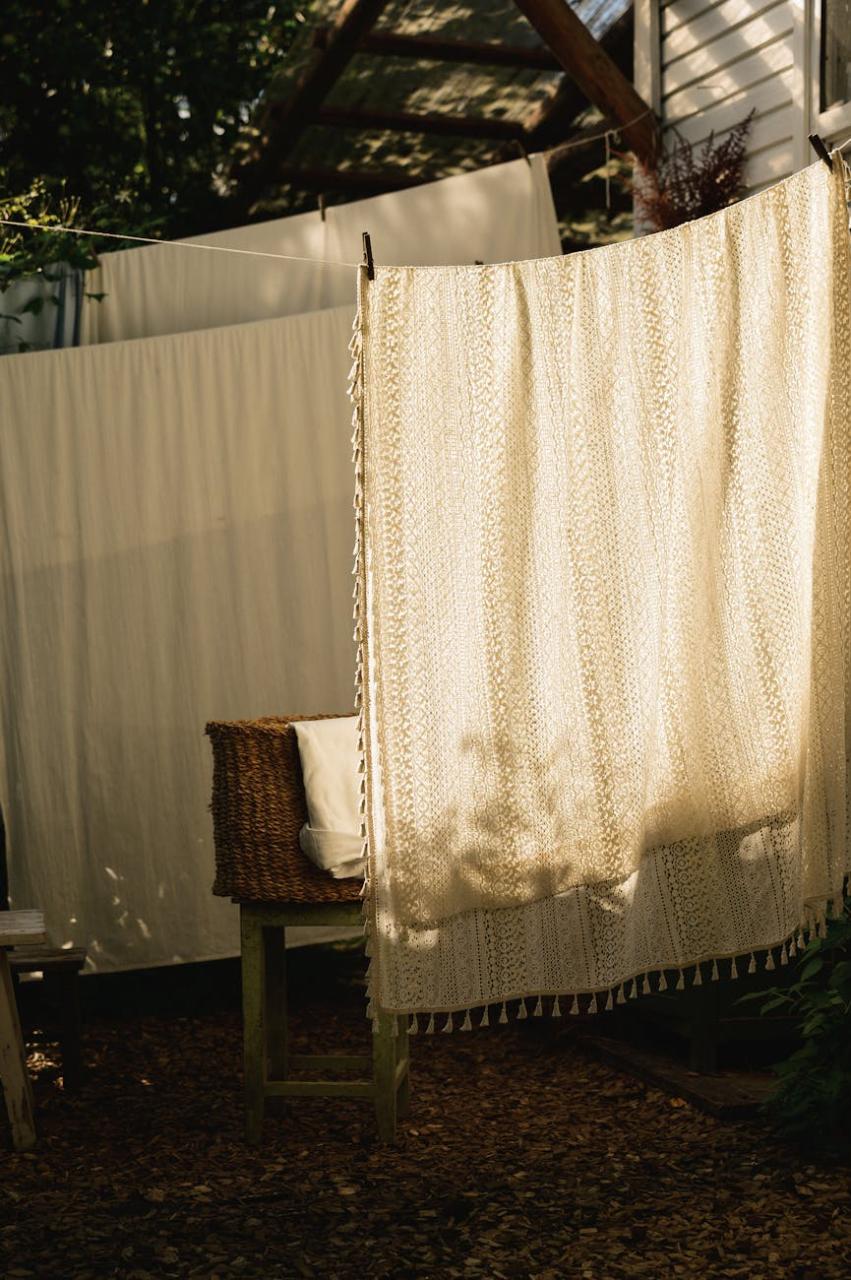
The world of eco-friendly fashion is bursting with innovation. Designers now have a stunning palette of materials to choose from, each with its own unique story and environmental benefits.
- Natural and organic fibers: These are the classics, but with an upgrade. Think organic cotton grown without harmful pesticides, airy linen derived from the flax plant (which requires very little water), and durable hemp, a wonder crop that actually enriches the soil it grows in. When you see certifications like GOTS (Global Organic Textile Standard), you know you’re getting the real deal.
- Recycled and upcycled materials: This is where designers become modern-day alchemists, turning trash into treasure. One of the most common is rPET, a fabric made from recycled plastic bottles that gets a second life as activewear or outerwear. You’ve also likely heard of ECONYL®, a regenerated nylon made from old fishing nets and other plastic waste. It’s a favorite for swimwear and sportswear, proving that recycled materials fashion can be both high-performance and high-style.
- Innovative bio-based textiles: This is where things get truly exciting. Scientists and designers are collaborating to create fabrics from unexpected natural sources. TENCEL™ Lyocell, for example, is a silky-soft fiber derived from sustainably sourced wood pulp in a closed-loop process that recycles water and solvents. Then there are the game-changers: Piñatex®, a durable leather alternative made from pineapple leaf fibers, and Mylo™, an unbelievably realistic vegan leather grown from mycelium, the root structure of mushrooms. These aren’t science fiction; they are the innovative textiles gracing runways right now.
The designers and celebrities leading the charge
A movement is nothing without its leaders, and the push for sustainable materials in modern design has some of the biggest names in fashion championing the cause. For these tastemakers, ethics and aesthetics go hand-in-hand.
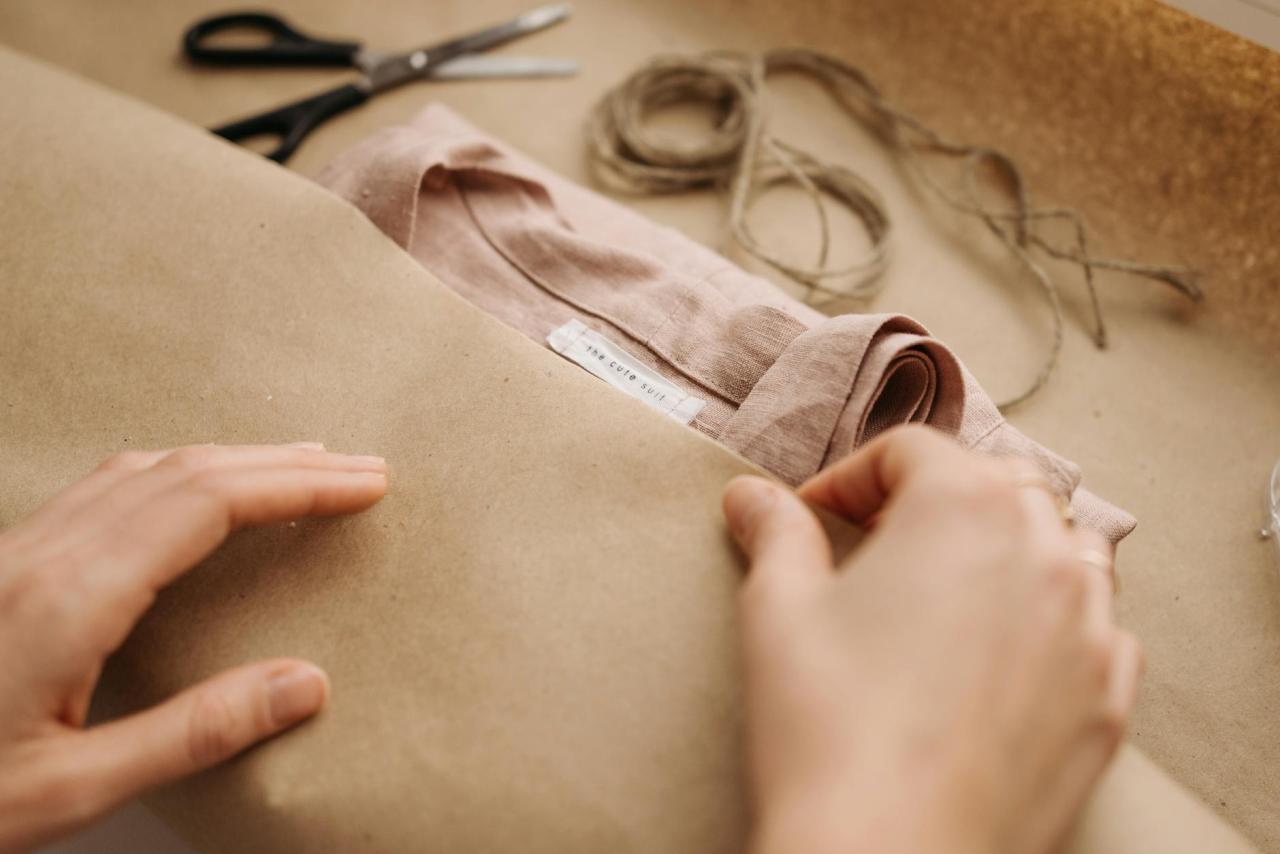
Stella McCartney has been a pioneer in this space for years, famously building her luxury brand without ever using leather or fur. She continues to push boundaries, incorporating everything from mushroom leather to recycled polyester into her coveted collections. Similarly, Gabriela Hearst has made sustainability a core tenet of her brand (and her work as creative director at Chloé), utilizing upcycled fabrics and focusing on timeless design that’s meant to last a lifetime, not just a season.
On the edgier side, designers like Marine Serre have made upcycling their signature. Her iconic moon-print pieces are often crafted from regenerated fabrics and end-of-life textiles, creating a look that is both futuristic and deeply conscious. This commitment is also lighting up the red carpet. Celebrities like Emma Watson, Timothée Chalamet, and Billie Eilish are increasingly using their platforms to showcase eco-friendly fashion, opting for custom gowns made from recycled materials or vintage pieces that promote a circular economy. They are sending a clear message: the most glamorous thing you can wear is your values.
How to spot and style sustainable pieces in your own closet
Feeling inspired? The best part about the sustainable design movement is that it’s more accessible than ever. You don’t need a red-carpet budget to start making more conscious choices. It’s all about being curious and intentional. Here’s how you can start weaving sustainable style into your everyday life.
Reading the label: Your secret weapon for conscious shopping
The next time you’re shopping, take an extra second to flip over the price tag and read the material composition label. It’s a small habit that can make a big difference. At first, it might feel like you’re reading a foreign language, but you’ll quickly learn to spot the good stuff. Look for keywords like:
- 100% Organic Cotton
- Linen, Hemp, or Ramie
- TENCEL™ Lyocell or Modal
- Recycled Polyester / Recycled Nylon
- ECONYL®
Many brands are also becoming more transparent, adding sections to their websites that detail their materials and supply chains. A little bit of research can empower you to support brands that align with your values.
Weaving sustainability into your personal style
Integrating eco-friendly fashion into your wardrobe should be fun and effortless, not restrictive. It’s about adding pieces you genuinely love that also happen to be better for the planet.
1. Start with the basics. The easiest entry point is with your everyday essentials. Swap out your old fast-fashion t-shirts for a few high-quality ones made from organic cotton. Invest in a great pair of jeans from a brand that uses recycled denim and water-saving wash techniques. These are the workhorses of your closet, so choosing sustainable options here has a huge impact over time.
2. Invest in a statement piece. Ready to make a bigger splash? Consider a unique piece made from an innovative material. This could be a chic handbag crafted from Piñatex®, a stunning dress in a vibrant TENCEL™ fabric, or a cool jacket made from recycled materials. It’s a conversation starter and a testament to the beauty of conscious design.
3. Don’t forget accessories. Sustainability extends to what you adorn yourself with. Look for jewelry brands that use recycled metals like gold and silver. Scarves and wraps made from soft, eco-friendly Modal are a wonderful way to add a pop of color and texture to any outfit.
4. Embrace the circular economy. Perhaps the most sustainable material is one that already exists. Thrifting, consignment shopping, and clothing rentals are fantastic ways to participate in eco-friendly fashion. You can find incredible, one-of-a-kind pieces while extending the life of a garment and preventing it from ending up in a landfill. It’s a win-win for your style and the environment.
The future is fibrous: What’s next for sustainable materials?
If you think mushroom leather is cool, just wait. The future of sustainable materials in modern design is even more imaginative. Scientists are developing lab-grown leathers that are biologically identical to the real thing without harming any animals. Researchers are creating textiles from algae and orange peels. There’s even work being done on fabrics that can sequester carbon from the atmosphere as you wear them. This constant innovation ensures that the fashion industry will continue to evolve, becoming smarter, cleaner, and more creative than ever before. It’s a thrilling reminder that our sartorial future is in very capable hands.
Your wardrobe, your world
Choosing an outfit will always be a form of self-expression. But now, it’s also an opportunity to express our hopes for the future. The rise of sustainable materials isn’t about sacrificing style for the sake of ethics; it’s about merging them. It’s about recognizing that the clothes we wear have a story, and we have the power to choose what that story is. Whether you’re investing in a timeless linen blazer, rocking a swimsuit made from fishing nets, or simply thrifting your next great find, you are part of a beautiful and powerful shift. You’re not just getting dressed—you’re designing a better world, one stylish garment at a time.
